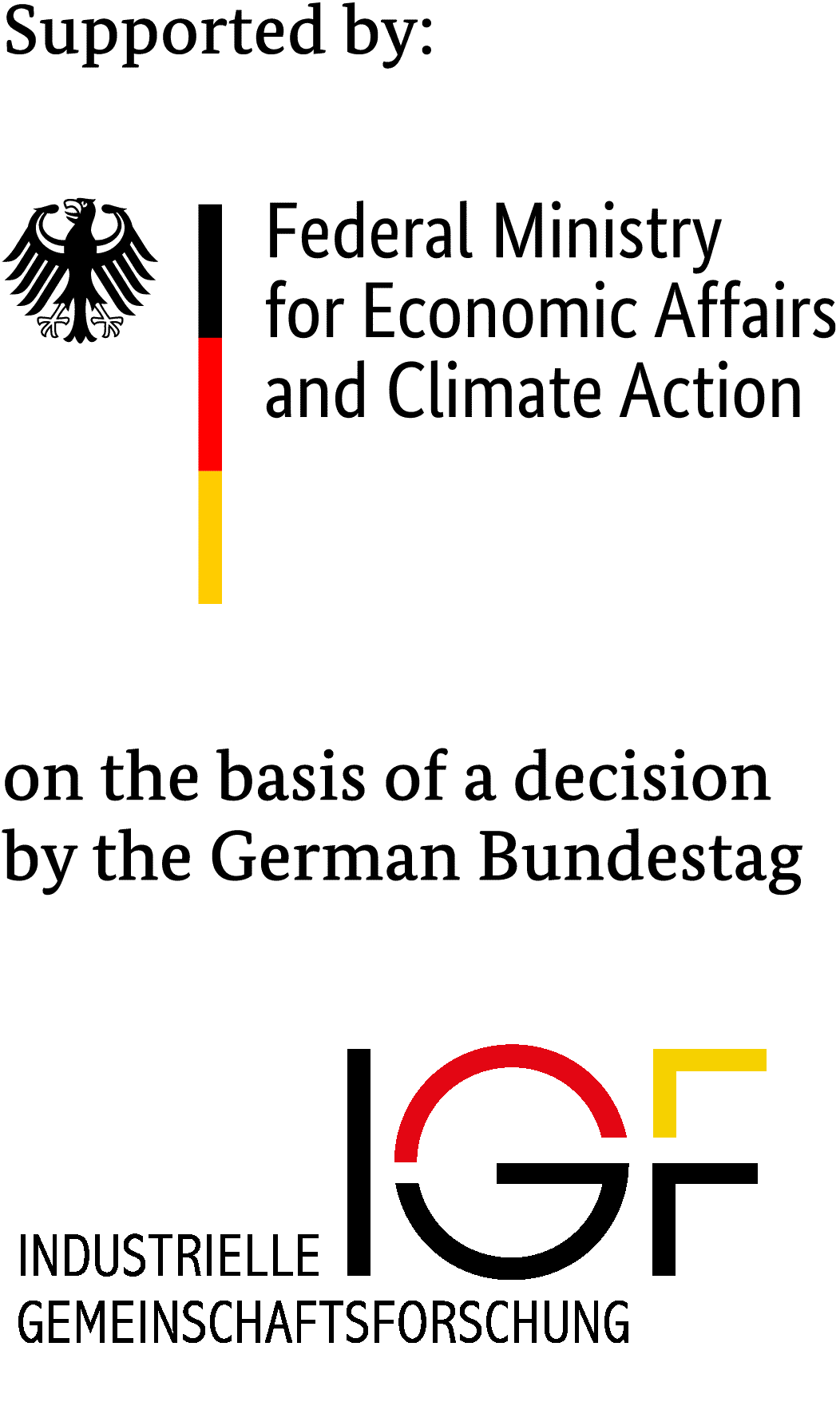Background and objectives of the project
The project aims to qualify and establish the use of X-ray diffraction analysis for production and quality control of calcined clays and cements produced with them. The development of cements with further reduced clinker contents is one of the main tasks of the cement industry in the context of decarbonisation.
Due to the fade out of fly ash and the predicted decline in blast furnace slag quantities, calcined clays are increasingly coming into focus as a cement constituent (up to around 4.3 million t/a in 2050). Therefore, almost every cement manufacturer is testing the production of corresponding cements. SMEs in particular are able to react flexibly to new market requirements and can open up new sales markets with the production of cements with calcined clays. However, there is currently a lack of practical analysis methods for the analysis of clays and cements containing clay that are suitable for the cement industry, in order to quickly obtain reliable chemical-mineralogical information, e.g., for production control.
The development of a rapid X-ray method for determining the proportion of calcined clay in the cements, which is planned in the project, is intended to contribute to reducing the testing effort of current reference methods and to make production control possible. It is to be investigated to what extent the X-ray analysis can also be used for production control of the calcination process. Special attention will be given to the derivation of the correlation between the mineralogy, the thermal activability of the raw clays and the pozzolanic reactivity of calcined clays. A robust and fast phase analysis of calcined clays and cements will enable small and medium-sized manufacturers (SMEs) to react more quickly to fluctuations in composition, for a stable and economical production.

